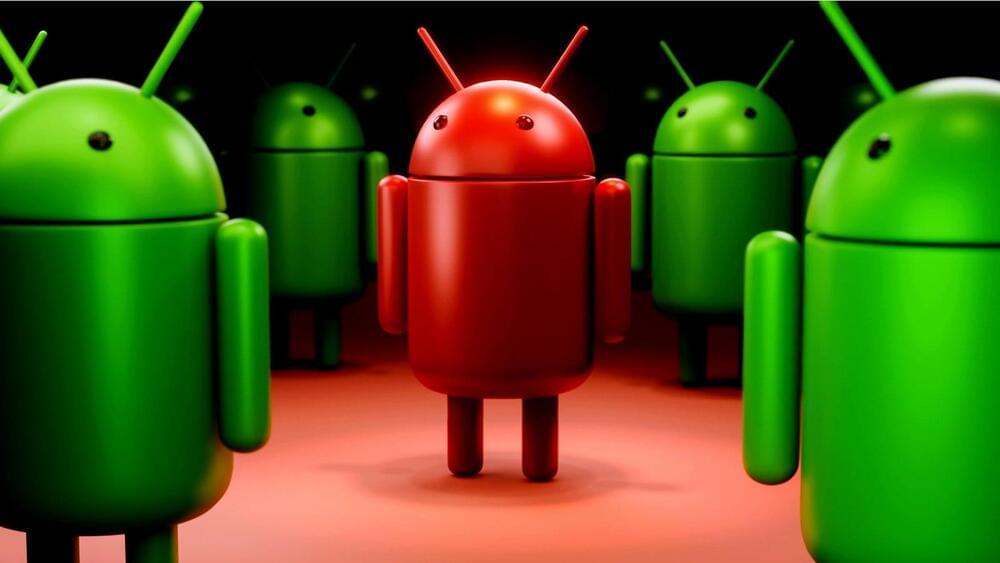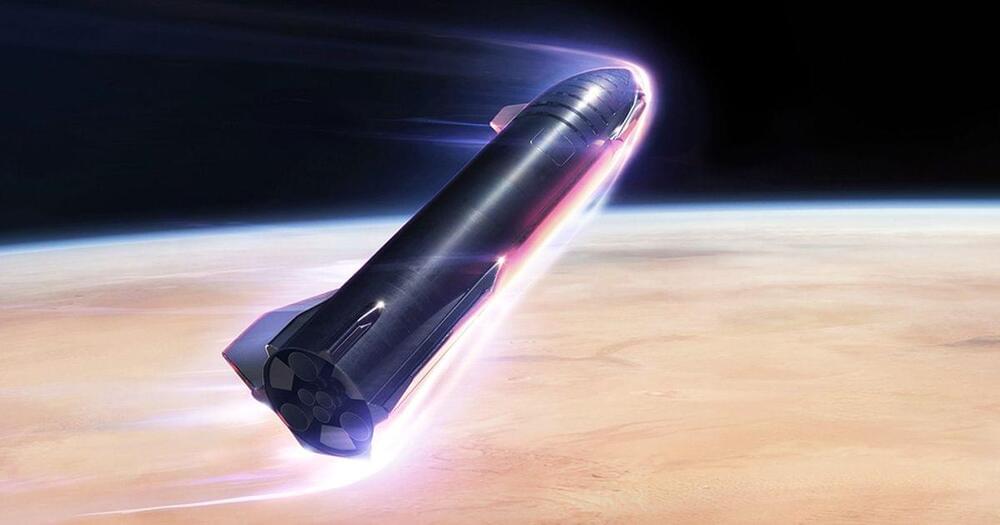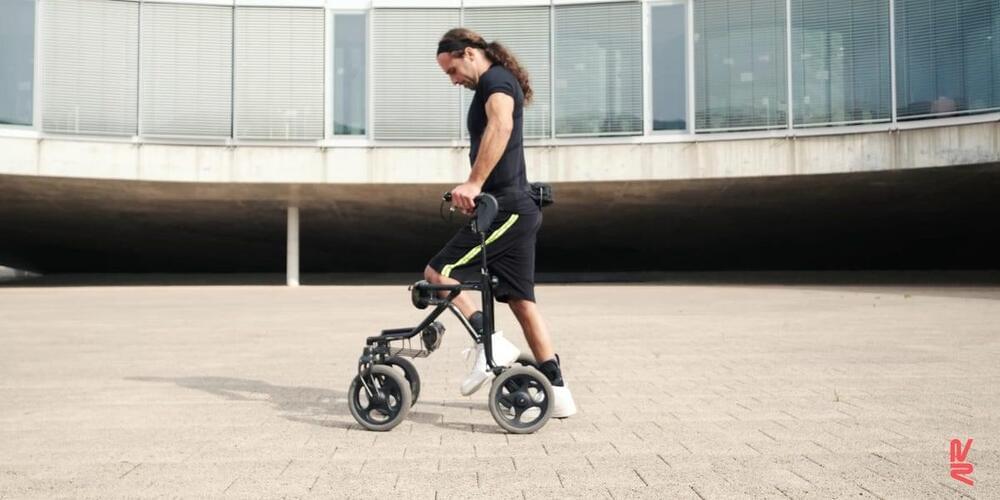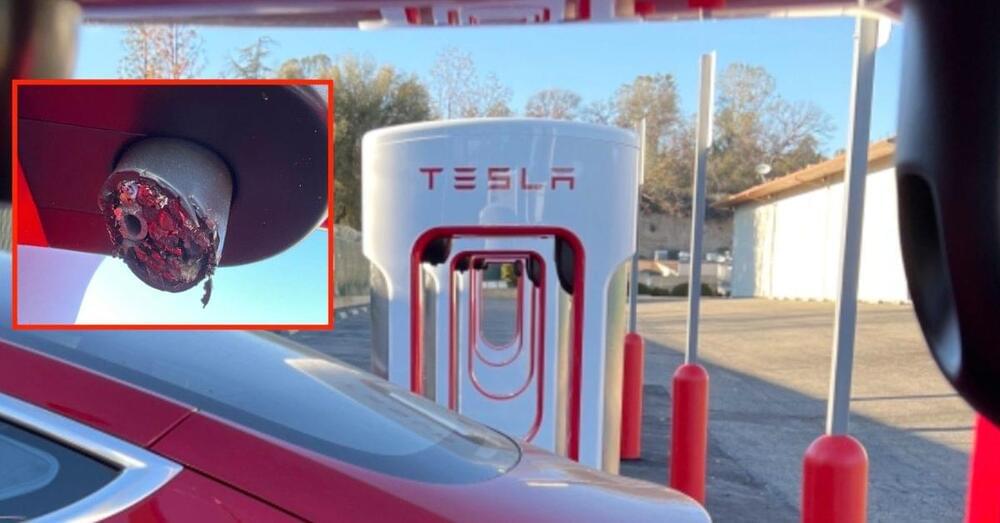An intriguing message has landed on social media from the official Gran Turismo account and the account of Sony AI teasing what’s referred to as a “Gaming Flagship” and “breakthrough project” in AI. The companies, both subsidiary arms of the wider Sony brand, jointly revealed that they’re set to announce the project on Wednesday February 9.
Along with the announcement, Sony AI posted a short, 25-second teaser video. The clip featured something similar to the light traces we’ve been seeing in the Gran Turismo “Find Your Line” video series, as well as short glimpses of double-World Tour champions Igor Fraga and Takuma Miyazono, along with World Tour finalist Emily Jones.
It ends looking in on Polyphony Digital’s main studio in Tokyo, from where Kazunori Yamauchi has recently been presenting GT7 preview videos and the recent Q&A.









